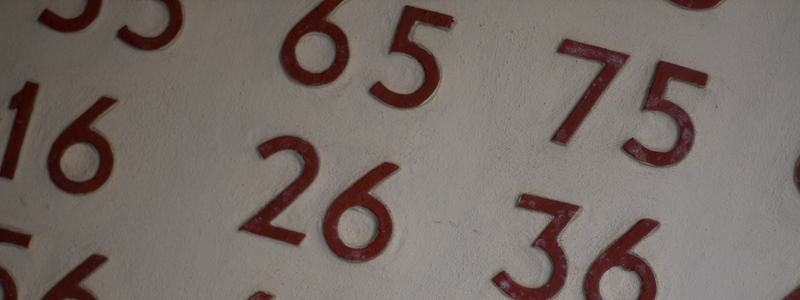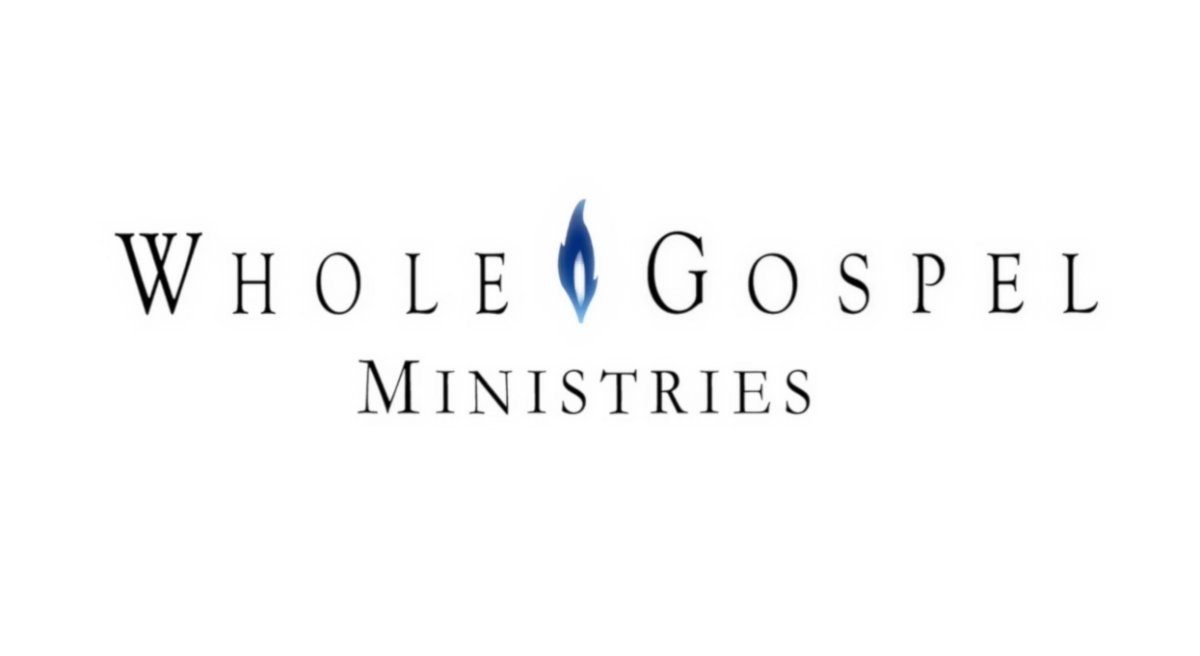
FRIDAY MORNING MANNA
November 28, 2014
Nathaniel Fajardo
Biblical Numerology: NUMBER TWO – Part XII
MOSES AND ELIJAH TESTIFY TO CHRIST’S TRANSFIGURATION
Like that of the two different exact mountain sites, where Aaron, Israel’s first high priest, then later, Moses, Israel’s greatest leader, died and were buried—the precise geographical location of where Christ was transfigured is likewise described by Wikipedia as “one of the unknowns of the New Testament.” Their editors were right.
Transfigured in the K.J.V. (Matt. 17: 2; Mark 9:2) is from the Greek metamorphoo, “to transform (lit. or fig.), metamorphose, change.” Metamorphose is from the Greek meta, “beyond, over” plus morphe,“form.” Here’s why these will remain unrevealed to fallen man: the first two were in order to prevent ancient Israel from yielding to the temptation to render idolatrous worship—not only over the dead bodies but also of converting their burial sites into holy shrines. Second, the silence of the Bible on the actual location of the transfiguration speaks for itself. It is the significance of the event regarding vital truths–not the location—necessitating the glorious appearance of two heavenly human agencies already in heaven—Moses and Elijah.
It is “in the mouth of two or three witnesses that truth is established,” both in heaven and on earth. Matt. 18: 16, 18, 19, 20, etc. And so it was: (1) the transfigured Jesus with the resurrected Moses and the translated Elijah for the heavenly side, and (2) Peter, James, and John, for the earthly side. Heaven and earth testified (Isa. 8: 20) to the precious and vital truths of the transfiguration which the Christian world should have greatly benefitted from, had they studied the Bible diligently, not the ideas of men.
Briefly, and in summary: “UPOUN THE MOUNT [of transfiguration] THE FUTURE KINGDOM OF GLORY WAS REPRESENTED IN MINIATURE.”
Not to know this glorious truth is to make the same mistake as did the impulsive Peter, and to entertain all kinds of speculations and conflicting opinions. Mount Tabor was suggested by Origen in the third century; so said St. Cyril and St. Jerome in the 4th century. Other locations have been proposed, including: one of the horns of Hattin by R.W. Steward (1857), Gemel Germaq by W. Ewing (1906); Tell El-Ahmar on the Golan Heights by Gustav Dalman (1942) and Mount Nebo [also called Mount Pisgah] by H.A. Whittaker (1987) and Mount Sinai by Benjamin Urrutia. The Catholic Franciscan Church of the Transfiguration is located on Mount Tabor. (See Wikipedia).
The following extracts from The Desire of Ages, “He Was Transfigured” chapter based on Matt 17: 1-8; Mark 9: 2-8; Luke 9: 28-36 by Ellen G. White, best explains it:
“Evening is drawing on as Jesus calls to His side three of His disciples, Peter, James, and John, and leads them across the fields, and far up a rugged path, to a lonely mountainside. . . “The disciples do not venture to ask Christ wither He is going, or for what purpose. He has often spent entire nights in the mountains in prayer. . . . The disciples follow where Christ leads the way; yet they wonder why their Master should lead them up this toilsome ascent when they are weary, and when He too [compassed with humanity] is in need of rest.
“Presently Christ tells them that are now to go no further. Stepping a little aside from them, the Man of Sorrows pours out His supplications with strong crying and tears. He prays for strength to endure [the coming trial and crucifixion] test in behalf of humanity . . . .And He [also] pours out His heart longings for His disciples, that in the hour of the power of darkness their faith may not fail. . . . At first the disciples unite their prayers with His in sincere devotion; but after a time they are overcome with weariness, and, even while trying to retain their interest in the scene, they fall asleep. . . .
“Not all, even of the twelve, can receive the revelation He desire to give, Only the three who are to witness His anguish in Gethsemane [earlier] have been chosen to be with Him on the mount [later]. Now the burden of His prayer is that they may be given a manifestation of the glory He had with the Father before the world was, that His kingdom may be revealed to human eyes, and that His disciples may be strengthened to behold it. He pleads that they may witness a manifestation of His divinity that will comfort them in the hour of His supreme agony with the knowledge that He is of a surety the Son of Godand that His shameful death is a part of the plan of redemption.” pp. 419-20.
“His prayer is heard. . . .suddenly the heavens open, the golden gates of the city of God are thrown wide, and holy radiance descends on the mount, enshrouding the Savior’s form. Divinity flashes through humanity, and meets the glory coming from above. Arising from His prostrate position, Christ stands in godlike majesty. The soul agony is gone. His countenance now shines ‘as the sun,’ and His garments are ‘white as the light.’
“The disciples, awaking, behold the flood of glory that illuminates the mount. In fear and amazement they gaze upon the radiant form of their Master. As they become able to endure the wondrous light, they see that Jesus is not alone. Beside Him are two heavenly beings, in close converse with Him. They are Moses, who upon Sinai had talked with God [when receiving the law]; and Elijah, to whom the high privilege was given—granted to but one other of the sons of Adam [Enoch, Heb. 11: 5; Gen. 5: 21-24]—never to come under the power of death.
Why Moses? “Upon Mount Pisgah [also known as Mt. Nebo] centuries before, Moses had stood gazing upon the [earthly] Land of Promise. But because of his sin at Meribah, it was not for him to enter there. . . .The hope that for 40 years had lighted up the darkness of the desert wanderings must be denied. A wilderness grave was the goal of those years of toil and heart-burdening care. . . Moses passed under the dominion of death, but he was not to remain in the tomb. Christ Himself called him to life. Satan the tempter had claimed the body of Moses because of his sin; but Christ the Savior brought him forth from the grace. Jude 9. ” Ibid, p. 421. “Moses upon the mount of transfiguration was a witness to Christ’s victory over sin and death. He represented those who shall come forth from the grave at the resurrection of the just [Luke 14:14].” Ibid, p. 421.
Why Elijah? – “Elijah, who had been translated to heaven without seeing death [ ] representedthose who will be living upon the earth at Christ’s second coming, and who will ‘be changed, in a moment, in the twinkling of an eye, at the last trump;’ when ‘this mortal must put on immortality,’ and ‘this corruptible must put on incorruption.’ 1 Cor. 15: 51-53.
Why Christ’s Transfiguration? “Jesus was clothed with the light of heaven, as He will appear when He shall come ‘the second time without sin unto salvation.’ For He will come in the glory of His Father with the holy angels. Heb. 9: 28; Mark 8: 38. The Savior’s promise to the disciples was now fulfilled.Upon the mount the future kingdom of glory was represented in miniature,—Christ the King, Moses a representative of the risen saints, and Elijah of the translated ones.
The Disciples’ Poor of Comprehension. – “The disciples do not yet comprehend the scene; but they rejoice that the patient Teacher, the meek and lowly One, who has wandered to and fro a helpless stranger, is honored by the favored ones of heaven. They believe Elijah has come to announce the Savior’s reign, and that the kingdom of Christ is about to be set up on the earth. [As Futurists and the Rapturists teach today].
The Misconception. Matt. 17: 4; Mark 9: 5; Luke 9: 33. “Here, where the glory of God is revealed, they long to tarry. Peter exclaims, ‘Master, it is good for us to be here: and let us make three tabernacles; one for Thee, and one for Moses, and one for Elias.’ [Greek, for the Hebrew, Elijah]. The disciples are confident that Moses and Elijah have been sent to protect their Master, and to establish His authority as King.
“But before the crown must come the cross. Not the inauguration of Christ as King, but His death at Jerusalem, is the subject of their conference with Jesus. Bearing the weakness of humanity, and burdened with its sorrow and sin, Jesus walked alone in the midst of men. As the darkness of the coming trial pressed upon Him, He was in loneliness of spirit, in a world that knew Him not [John 1: 10]. Even His loved disciples, absorbed in their own doubt and sorrow and ambitious hopes, had not comprehended the mystery of His mission. He had dwelt amid the love and fellowship of heaven; but in the world that He had created [John 1: 1-3; Col. 1:16; Heb. 1:1-3], He was in solitude.
“Now heaven had sent its messengers to Jesus; not angels, but men who had endured suffering and sorrow, and who could sympathize with the Savior in the trial of His earthly life. Moses and Elijah had been co-laborers with Christ. They had shared His longing for the salvation of men. Moses had pleaded for Israel [Exo. 32: 32 quoted]. Elijah had known loneliness of spirit, as for 3 years and a half of famine he had borne the burden of the nation’s hatred and its woe. Alone he had stood for God upon Mount Carmel. Alone he had fled to the desert in anguish and despair. These men, chosen above every angel around the throne, had come to commune with Jesus concerning the scenes of His suffering, and to comfort Him with the assurance of the sympathy of heaven. The hope of the world, the salvation of every human being, was the burden of their interview [in the transfiguration.” Ibid, pp. 422-4.
(To be continued next week).

